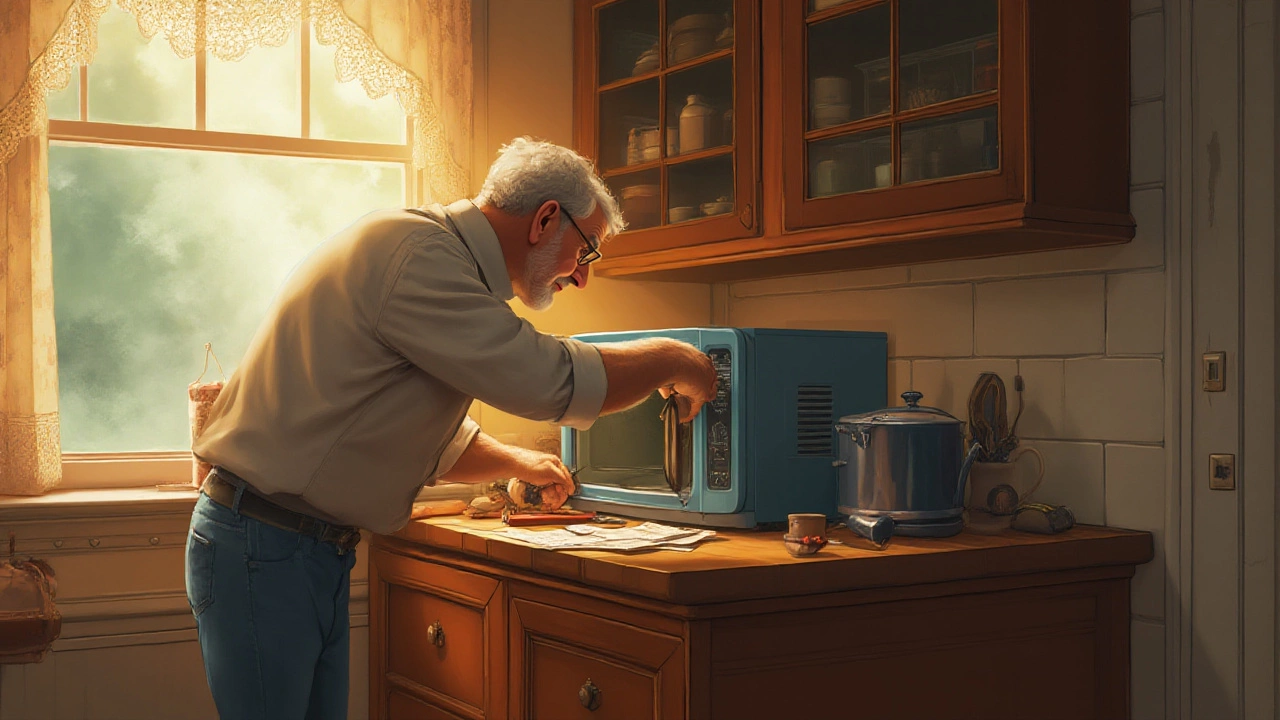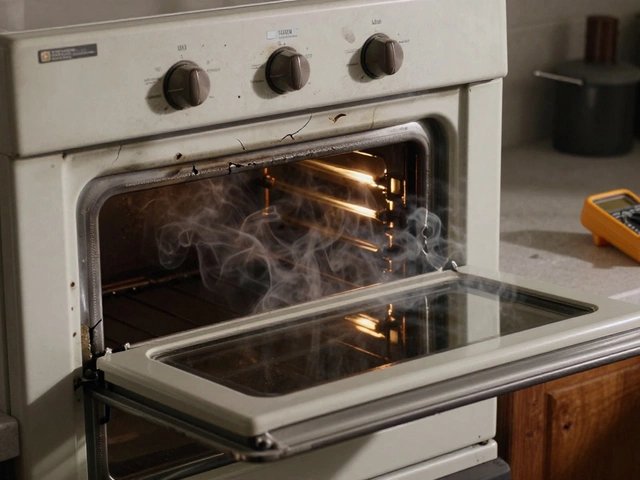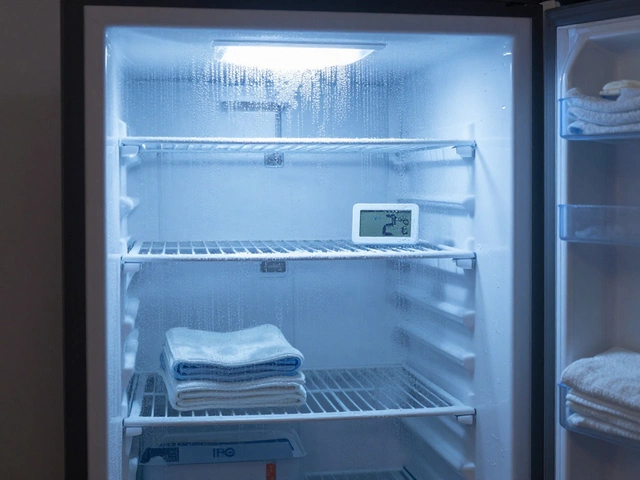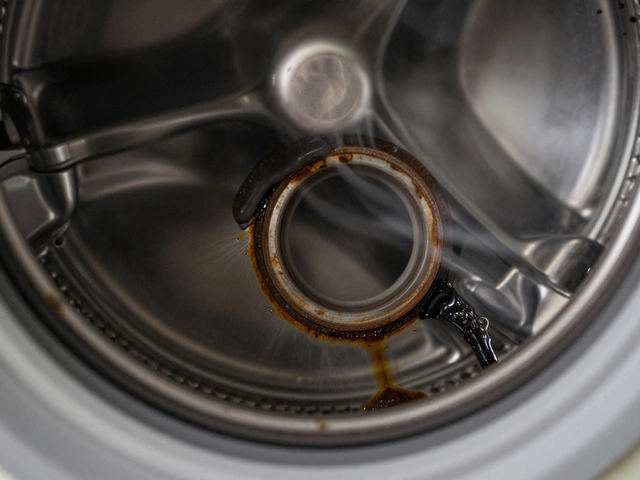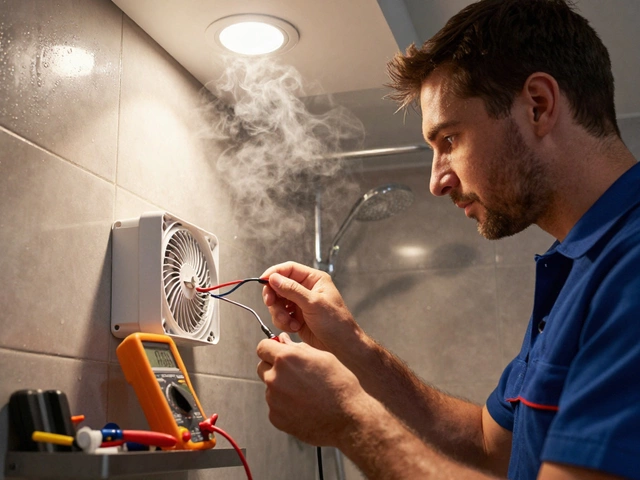Microwave Parts: What They Are and How to Choose the Right One
If your microwave hums, sparks, or just won’t heat, the culprit is usually a worn‑out part. Knowing the main components helps you spot trouble fast and decide whether a DIY fix or a pro call is best.
Common Microwave Parts and Their Functions
Magnetron – This is the heart of the microwave. It creates the high‑frequency energy that cooks food. A sputtering sound, uneven heating, or no heat at all often means the magnetron is on its way out.
Turntable Motor – The motor spins the plate so food heats evenly. If the plate stops turning or makes a squeaky noise, the motor or the gear‑track may need replacement.
High‑Voltage Capacitor – Works with the transformer to boost power to the magnetron. A blown capacitor can cause the microwave to click without heating.
Door Switches (Interlock Switches) – These safety switches stop the microwave from running when the door is open. A faulty switch may let the microwave run with the door ajar or prevent it from starting at all.
Waveguide Cover – A thin mica or ceramic plate that protects the waveguide from food splatter. Burnt spots on the cover reduce efficiency and can damage the magnetron.
How to Spot a Bad Part and Decide to Repair or Replace
Start with the simplest checks. If the microwave won’t turn on, unplug it, wait a minute, then plug it back in. A reset often clears a tripped safety switch.
Next, listen. A buzzing or humming without heat points to the magnetron or capacitor. If the sound is a rapid clicking, the door switches are likely at fault.
Inspect the interior. Look for scorch marks on the waveguide cover or a cracked turntable motor gear. These are visual clues you can act on yourself with a basic screwdriver set.
When the part is inexpensive (like a door switch or turntable motor) and you feel comfortable removing the outer panel, replace it yourself. A magnetron, however, is pricey and handles high voltage, so most homeowners call a qualified technician.
Always disconnect power before opening the cabinet. Take photos of wiring connections so you can reconnect correctly. Keep a small notebook of part numbers—most microwaves have them on a label inside the door frame.
Finally, weigh the cost. If the microwave is more than 10‑12 years old and the magnetron needs swapping, compare the price of a new unit. New models are more energy‑efficient and often come with a warranty.
Knowing these parts and how they fail saves you time and money. Keep a spare turntable motor or door switch on hand if you do a lot of DIY repairs, and call Hinckley Home Appliance Repair Services for any high‑voltage work. We’ve helped countless Hinckley households get their microwaves back in action quickly and safely.
2 August 2025
·
0 Comments
Microwave ovens seem simple, but are they? Find out how easy—or tricky—microwave repair really is, plus tips for fixing common problems at home.
Read more

